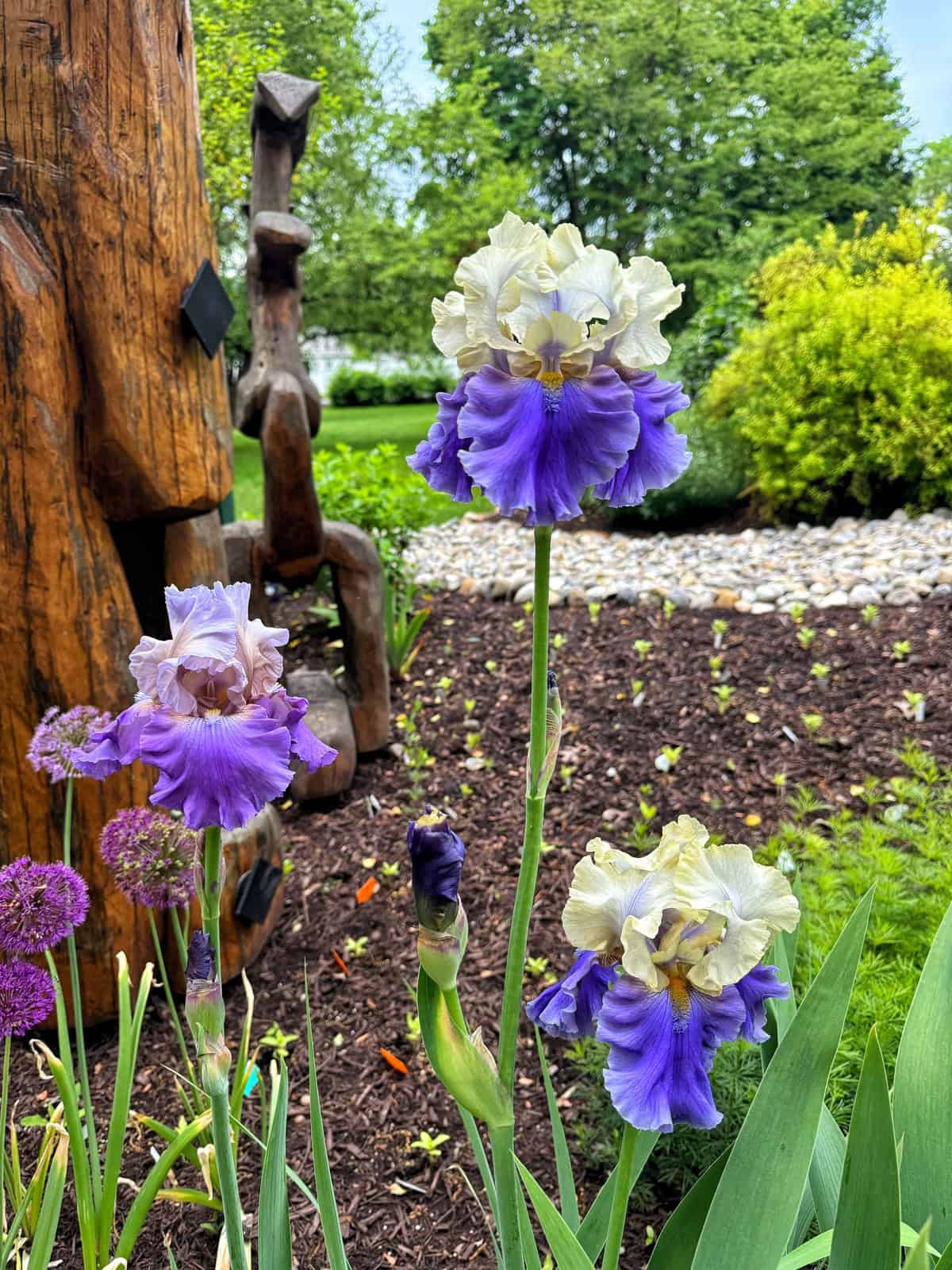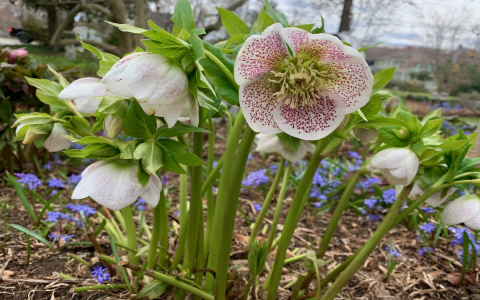Okay, so you wanna know about taking care of bearded irises in the winter? I’ve got a few in my garden, and I’ve learned a thing or two about keeping them happy through the cold months. It’s not rocket science, really, just a few simple steps.
Getting Started
First thing I did was observe my irises. I checked where I planted them. Are they getting enough sun, even in the shorter winter days? Are they in a spot where water might pool up and freeze? Because, you know, soggy roots are bad news.

Clean Up Time
Then, I got down to business. I grabbed my gardening gloves and started by cleaning up around the plants. I pulled out any dead leaves, weeds, or anything else that looked messy. This is important, I think because it helps prevent diseases and pests from setting up camp for the winter.
- Remove old foliage.
- Clear away any debris.
- Weed the area around the plants.
To Mulch or Not to Mulch?
I don’t always mulch my irises. After I cleaned things, I decided to put down, just a bit of mulch. I spread a thin layer of straw, around the plants, I didn’t pile it on too thick, because I didn’t want to smother them. It helps to keep the soil temperature a bit more, you know, even, protect them for the ice.
Watering (or Not)
I pretty much stopped watering them. Irises go dormant in the winter, so they don’t need much water at all. I rely on mother nature at this moment. Overwatering can actually cause the rhizomes (that’s the underground stem thingy) to rot. Not good!
Keep an Eye Out
Even though they’re mostly sleeping, I still checked on my irises every now and then throughout the winter. I wanted to make sure no critters were messing with them and that the mulch was still in place. Just a quick peek to make sure everything looked okay.
Waiting for Spring
And that’s pretty much it! Once I’d done all that, I just left them alone and waited for spring. I knew they were tucked in and ready for a long winter’s nap. And when the weather started to warm up, I saw those beautiful blooms again. Totally worth it!





















